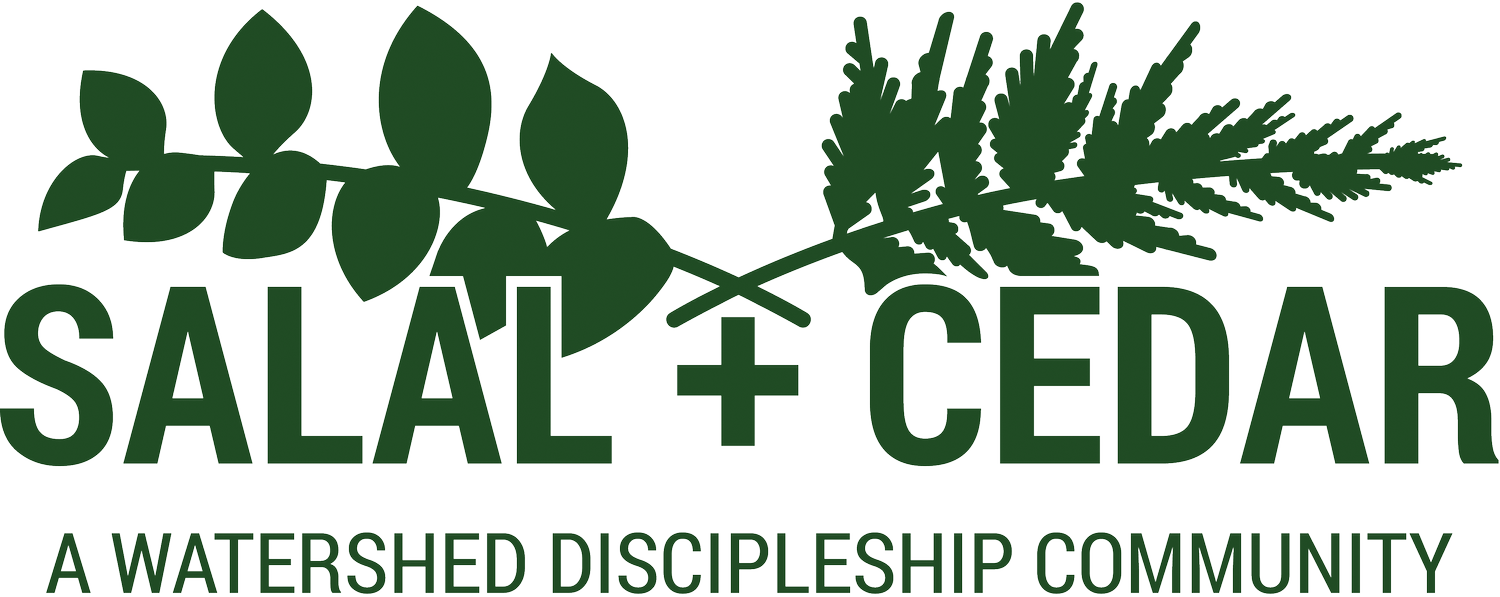Sixth Sunday After Pentecost, Year B: The Scarred Sacred
Rachel Field
Lectionary Readings
2 Sam 1:1, 17-27; Ps 130; 2 Cor 8:7-15; Mk 5:21-43
Teaching and Preaching Ideas
Sacred Flesh
This week's lectionary brings us up close and personal with our relationship to our bodies, and God’s relationship to our bodies. Our bodies are the first part of creation entrusted to our care. They are the cooperation of microbes and cells that allow us to interact with our surrounds. Separating the self from the body is impossible, and we follow a God that rose from the dead with scars. Bodies are a sacred first gift from the Creator. In the accounts of the healing miracles we see Jesus immersed in the tangible: hands in mud to cure blindness, the lowering of a raft into a hut to heal a man, the touch of a hem to cure a woman’s bleeding, a pull on the hand to bring a child to life. The immediate presence of the created world is the tapestry through which God weaves acts of life and redemption.
There is a modern impulse, perhaps rooted in the enlightenment, to uncouple matter and Spirit. This impulse looks to translate demons and healings into psychological phenomena or scientific explanations. Our ancestors needed no such narrowness of focus. For them, the distinction between the material and immaterial was incomprehensible. Gods had bodies and were directly involved in the machinations of daily life. The spiritual landscape (a word that also would not have been understood to ancient audiences) was directly related to how one acted in the world. We see this repeatedly in deuteronomy and the concept that actions in life, or actions by parents etc, would carry over into hardships or blessings in this life. (It is an important side note, that Jesus complicates and reframes this approach to understanding the world, but he does not reject the closeness that exists between matter and Spirit.)
Any exploration that draws a closeness between matter, all matter not simply human bodies, and Spirit helps to lay a foundation for a return to a more holistic and healing worldview. Preachers might want to engage in a body scan exercise that invites members of the congregation to experience their own bodies, the places that need healing and the places that are whole, together during worship. Alternatively, the preacher might want to invite consideration of the more-than-human community or landscapes as bodies that have healing relationships with God.
Resurrection not Resuscitation
Another theme that comes clear this week from Mark is that of death and resurrection. The theme of death, loss, and grief pulls from all of the supplementary readings as well. The lamentation of David over Saul and Jonathan is a gut wrenching display of grief over loved ones lost. The psalm continues the trend speaking from a place of profound sorrow - “out of the depths.” Preachers might want to dwell on the places in the more-than-human community or landscapes that are experiencing profound loss, grief, or death. There are opportunities to explore the emotions that come up when one contemplates the kind of destruction that feels irrevocable, maybe it is irrevocable. The forward progress of pipelines, the loss of entire species, increasingly unstable weather patterns, all can feel like the depths of despair.
If a preacher engages this theme, I would encourage an exploration of restoration ecology from a Christian framework as a way of moving the congregation through grief and loss into the new life of resurrection. Christ the cosmic gardener can show us new patterns of relationship that not only undo previous harm, but create increased biodiversity, sink carbon, and build healthy topsoil. Braiding Sweetgrass, in particular, highlights different examples of the resurrection possible for ecosystems as a result of human intervention. This is the power of the resurrection, that we are no longer held captive by old patterns of being, but are pulled forward into a new life that transforms the entire cosmos. We can participate in God’s transformative resurrection when we choose to build up the community of life around us.
Sources and Resources
This Here Flesh. Cole Arthur Riley. 2023. Convergent Books.
Braiding Sweetgrass. Robin Wall-Kimmerer. 2015. Milkweed Editions.
Loving Creation. Kathleen Fischer. 2009. Paulist Press.
The Groaning of Creation. Christopher Southgate. 2008. Westminster John Knox Press.
The Sacred Depths of Nature. Ursula Goodenough.1998. Oxford University Press.
A Sense of the Divine. James M Gustafson. 1994. Pilgrim Press.
Ragan Sutterfield, “Discerning the Body: Learning to be aware before we act.” Radical Discipleship https://radicaldiscipleship.net/2018/06/28/wild-lectionary-discerning-the-body-learning-to-be-aware-before-we-act/
Ched Myers, “The Tale of Two WomenL The Priority of the Marginalized,” Radical Discipleship https://radicaldiscipleship.net/2021/06/25/the-tale-of-two-women-the-priority-of-the-marginalized/
Contributor Bio
Rachel Field is an Episcopal priest living on a small regenerative farm and retreat center on unceded Abenaki land. She has contributed to Earth & Altar, The Creation Care Bible Challenge, and Crux magazine. She is also part of a clergy team at St Mary’s Parish in Northfield VT. When not writing or farming she is playing fetch with her beloved dogs Frodo and Willa.

